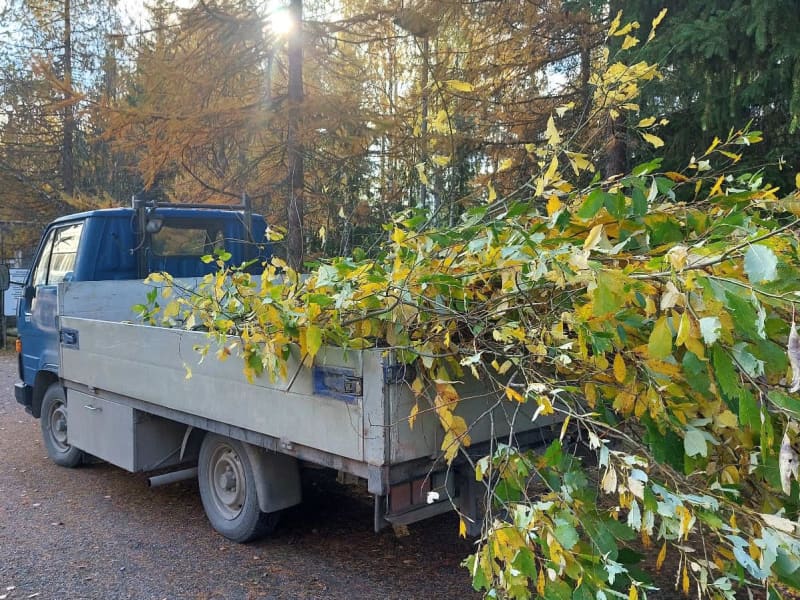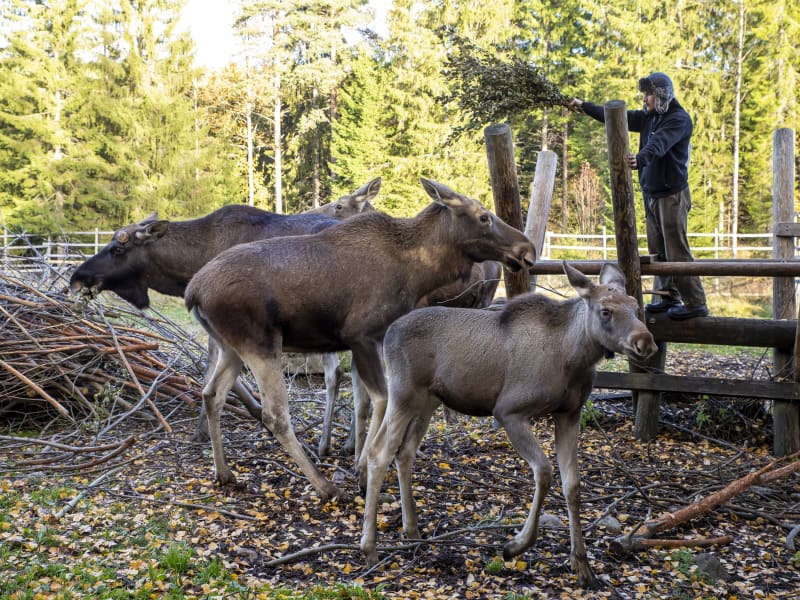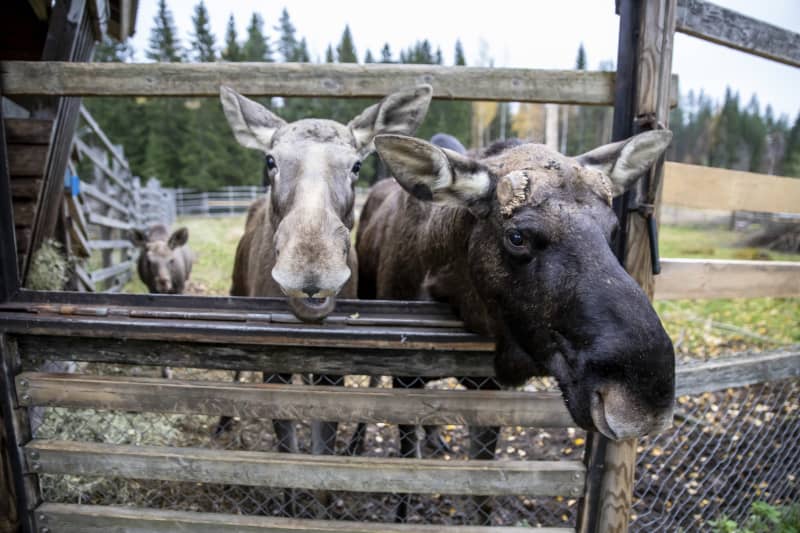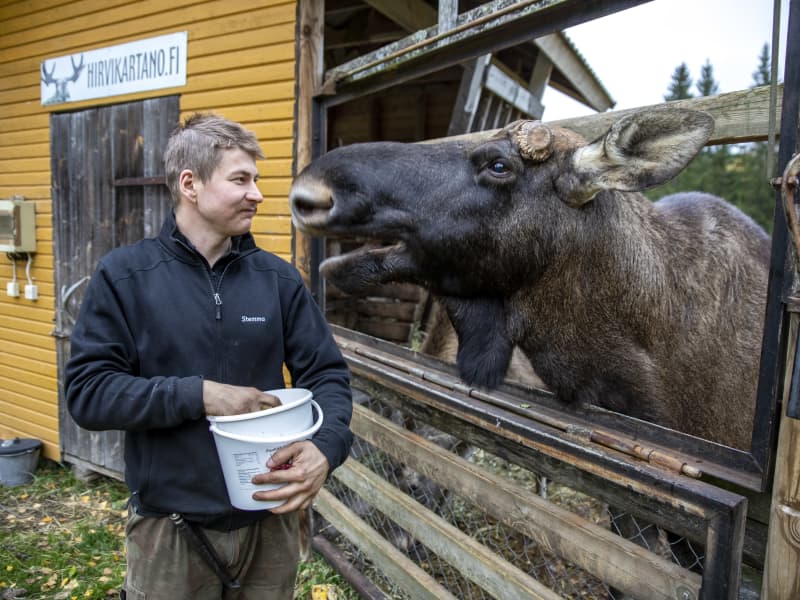Finland’s moose population remains female-rich, as males are still over-hunted in some places. However, a change in hunters’ attitudes has improved the sex ratio since the last few years.
This time Sauli, a six-year-old male deer at Hirvikartano in Jämsä, gets to munch on willow and birch. An adult moose eats 40 kilos of food a day during the summer season.
But when the bull is in heat, he doesn’t eat or sleep much, but watches his territory.

The 29-year-old Partio has been following the life of horned animals since 2008, when the first farm animals arrived at his home farm. He took over the reins of the Hirvikartano last year. Partio has also studied to become a zoo keeper.
– When Saul is in heat, it also smells of sex in people and drives other men away. Then I can’t go to the shelter either, says Partio.
The moose’s estrus period in the wild falls in autumn and is already at the end when the hunting season begins. Even Saul’s estrus is over at this point. But if the moose cows in the enclosure, Jenni and Sylvi, do not become pregnant, they will arouse a new estrus in Saul within a few weeks. And then it gets dark again.
Wild deer also visit the enclosure with a turd.
– Sauli would love to help nature, but come on, the fence gets in the way. And the males leave quickly when they notice whose territory they are in, says Paavo Partio.

In nature, the gender balance is a bit off
Paavo Partio says that he has noticed that the moose bulls that visit the moose nursery are often young, over-the-year males. You hardly see big crown heads anymore.
The patrol considers trophy hunting as one of the reasons, i.e. the fact that hunters have traditionally wanted big horns on the wall as a hunting souvenir.
– These big testo bulls would be the winners who would do well in the wild.
According to the Finnish Game Agency, more than half of the moose killed during moose hunting are males.

The way forward
Luonnonvarakeskus Luke and the Finnish Game Center aim for around 1.5 to 1.7 moose cows per bull. There are still areas in Finland where the number of females is up to 2.3 per one bull.
However, the relationship has improved in many areas.
– Fortunately, the country has gone in a better direction, which means that we are also hunting these younger males, the so-called goofballs, which in the wild would be eliminated before long. It’s a good sign, says Paavo Partio, who enjoys the forest himself.
– The situation has improved from the worst situation. It is challenging south of Oulu, in the western parts of Northern Savo and in central Finland, where the number of females per bull is at its highest, Pusenius states.

– Selective hunting would always be easier to do if there were a larger population. When the number of moose has decreased, the number of felling permits has also decreased.
Körhämö considers the structure of the population important, but says that the primary goal of the game center is to regulate the deer population. Taking care of the structure comes on that side.
Although nature’s deer population is very female-dominant in some places, according to the Norwegian Natural Resources Agency, it has had little effect on deer yield. It is also typical for mammals that males are born slightly more than females.
Paavo Partion states that everyone who goes into the forest should be aware of the deer population in their area.
– There is no one right way to hunt, but each club should study the deer population in its own area, analyze it and think about what is the right type of hunting.

